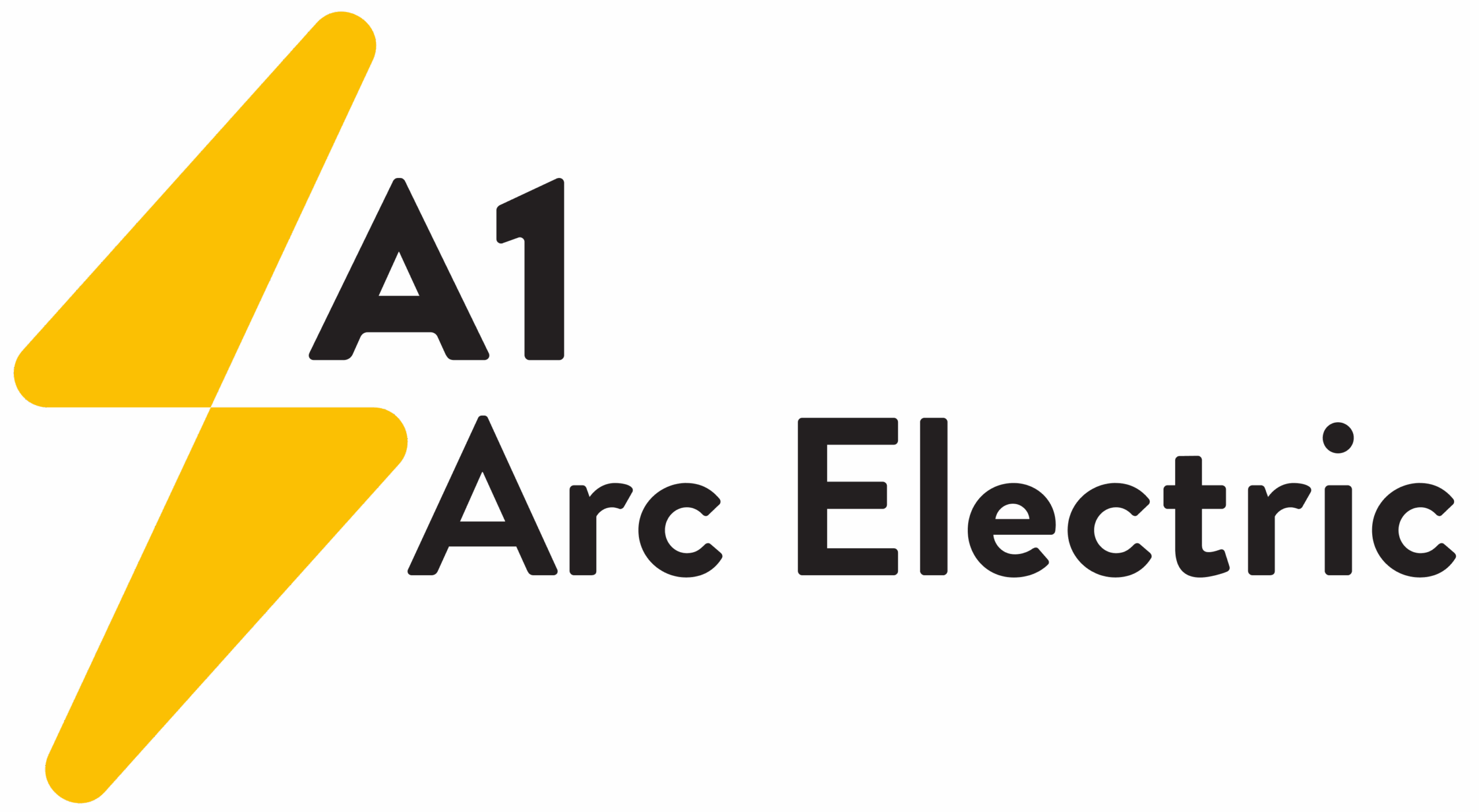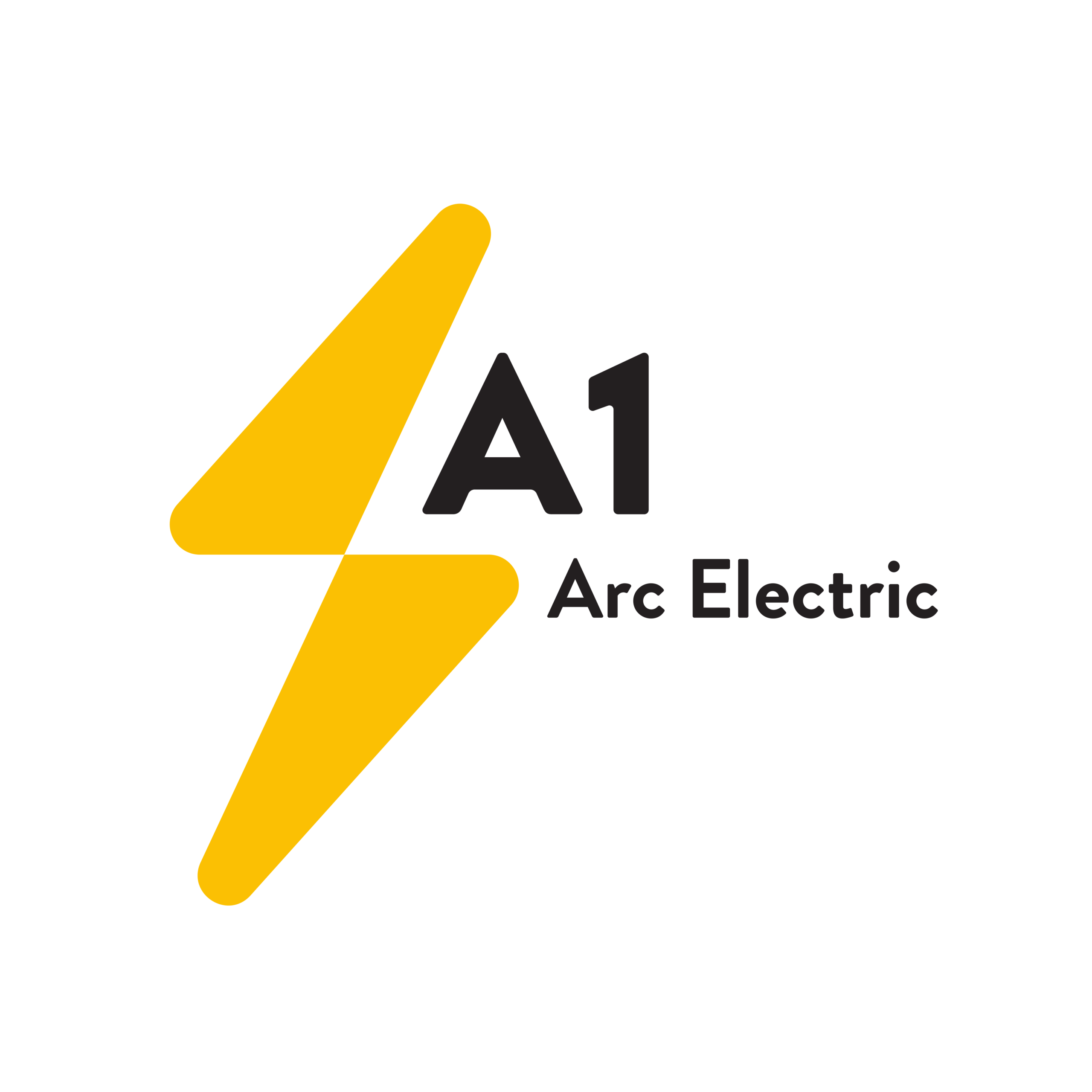The landscape of emergency commercial electrical repair is evolving rapidly in 2024, marked by significant technological advancements. These innovations focus on enhancing issue detection and reducing downtime, ensuring that businesses can maintain optimal operational efficiency. Key technologies such as advanced diagnostic tools, predictive maintenance systems, remote monitoring, and smart grid integration are reshaping the industry. These advancements not only improve safety standards but also boost productivity, allowing businesses to future-proof their operations and optimize the reliability of their electrical systems. By adopting these cutting-edge solutions, companies can navigate the complexities of modern electrical demands with greater confidence and success.
Revolutionizing Diagnostics with Cutting-edge Tools
- Advanced diagnostic tools for high accuracy
- Handheld devices with real-time data capabilities
- Thermal imaging and advanced circuit analyzers
- Early detection of hidden faults
- Benefits: Faster troubleshooting, improved safety, reliable repairs
The realm of diagnostics in commercial electrical repair is undergoing a revolution with the advent of cutting-edge tools designed for high accuracy and efficiency. These advanced diagnostic tools include handheld devices equipped with real-time data capabilities, thermal imaging technology, and sophisticated circuit analyzers. Such innovations enable electricians to detect hidden faults, such as overheating or inefficient energy use, long before they escalate into major issues. The wireless and user-friendly interfaces of these tools facilitate instant sharing of diagnostics, resulting in faster troubleshooting, improved safety, and more reliable repairs. By leveraging these state-of-the-art tools, businesses can ensure minimal disruption and maintain smooth electrical operations.
Predictive Maintenance: Shifting from Reactive to Proactive Approaches
- Use of sensors and data analytics for monitoring
- Detect anomalies and signs of wear
- Transition from reactive to proactive repair
- Benefits: Reduced downtime, repair costs, extended equipment lifespan
- Smart resource allocation and long-term savings
Predictive maintenance technology is transforming the way businesses approach electrical repairs, shifting the paradigm from reactive to proactive methods. This technology employs sensors and data analytics to continuously monitor the health of electrical systems, allowing for the early detection of anomalies and signs of wear that might be missed during routine inspections. By transitioning to a proactive repair approach, companies can significantly reduce downtime and repair costs while extending the lifespan of their equipment. Furthermore, predictive maintenance enables smarter resource allocation, ensuring that maintenance can be scheduled during off-peak hours. This shift not only enhances operational efficiency but also results in substantial long-term savings, making it an indispensable component of modern electrical maintenance strategies.
Energy Efficiency: Cutting Costs and Carbon Footprints
- Focus on reducing operational costs and environmental impact
- Upgrading to LED lighting and energy-efficient HVAC systems
- Energy management systems for monitoring and optimization
- Use of energy-efficient motors and variable frequency drives
- Benefits: Lower power consumption, longer lifespan, reduced utility bills
In an era where sustainability and cost-effectiveness are paramount, energy efficiency has become a critical focus in commercial electrical repair. By upgrading to LED lighting and installing energy-efficient HVAC systems, businesses can drastically reduce their operational costs and environmental impact. Additionally, energy management systems play a pivotal role in monitoring and optimizing a facility’s energy use, ensuring that consumption is both efficient and economical. The integration of energy-efficient motors and variable frequency drives (VFDs) allows for the adjustment of motor speeds, preventing excess energy consumption. These measures collectively contribute to lower power consumption, longer equipment lifespan, and reduced utility bills, all while promoting a more sustainable approach to energy use.
Smart Grid Integration: Optimizing Energy Consumption and Reliability
- Real-time energy data for optimized consumption
- Advanced communication for dynamic supply adjustment
- Minimizes downtime, improves system reliability
- Supports integration of renewable energy sources
- Participation in demand response programs for financial incentives
Smart grid integration is a transformative trend in commercial electrical repair, offering real-time energy data that optimizes consumption and enhances system reliability. Through advanced communication technologies, smart grids can detect fluctuations in energy usage and dynamically adjust the supply to meet demand. This ability to respond swiftly to changes not only minimizes downtime but also significantly boosts the reliability of the entire electrical system. Furthermore, smart grids facilitate the seamless integration of renewable energy sources, such as solar and wind, into the existing infrastructure. Participation in demand response programs offers additional financial incentives for reducing energy usage during peak times, creating a win-win scenario for businesses seeking both economic and environmental benefits.
Remote Monitoring: Instant Oversight and Reduced Downtime
- Real-time oversight and diagnostics from any location
- Use of sensors and IoT technology
- Instant alerts and faster response to potential issues
- Reduction in labor and travel costs
- Detailed logs for data-driven decision-making
Remote monitoring systems are revolutionizing commercial electrical repair by providing real-time oversight and diagnostics from virtually any location. Leveraging sensors and IoT technology, these systems offer instant alerts for potential issues, enabling faster response times and often allowing for remote resolution of problems. This capability not only reduces labor and travel costs but also enhances the efficiency of maintenance operations. Additionally, remote monitoring provides detailed logs and performance reports, empowering businesses with data-driven insights for informed decision-making. By integrating remote monitoring into their operations, companies can ensure continuous oversight and rapid intervention, minimizing downtime and maintaining optimal system performance.
Training Innovations: Enhancing Skills with VR and AR
- Virtual reality (VR) simulations for realistic scenarios
- Augmented reality (AR) tools for real-time guidance
- Online interactive training modules
- Benefits: Improved skills, confidence, and preparedness
- Enhancing readiness for emergency repairs
The emergence of training innovations such as virtual reality (VR) and augmented reality (AR) is revolutionizing the skill development of electricians in the field of commercial electrical repair. VR simulations immerse electricians in realistic emergency scenarios, allowing them to hone their skills and build confidence without facing real-world risks. Meanwhile, AR tools overlay digital guidance during work, providing real-time support and enhancing the effectiveness of repairs. Online interactive training modules further complement these technologies, offering flexible learning opportunities with tutorials, quizzes, and live workshops. These innovations are instrumental in improving electricians’ preparedness for fast-paced emergency repairs, ensuring they are equipped with the knowledge and skills necessary to tackle challenges with precision and efficiency.
Sustainable Practices: Prioritizing Environmental Responsibility
- Emphasis on environmental responsibility alongside system efficiency
- Use of energy-efficient components and recycling of old equipment
- Prefer non-toxic materials to minimize emissions
- Regular maintenance prevents minor issues from escalating
- Ensures eco-conscious and reliable systems
Sustainable practices are at the forefront of commercial electrical repair, emphasizing environmental responsibility alongside system efficiency. The use of energy-efficient components, such as LEDs and low-energy transformers, is pivotal in reducing energy consumption and minimizing environmental impact. Additionally, the recycling of old equipment, including valuable metals like copper and aluminum, helps reduce the demand for new resource extraction. The preference for non-toxic insulating materials and coolants further minimizes harmful emissions. Regular maintenance plays a crucial role in preventing minor issues from escalating into major problems, ensuring that systems remain both eco-conscious and reliable. By embracing these sustainable practices, businesses can align their operations with environmental goals while maintaining high standards of efficiency and effectiveness.
Addressing Common Concerns: FAQs on Repair Duration and More
- Common questions regarding repair duration and processes
- Simple repairs: a few hours, complex issues: longer duration
- Factors affecting repair time: problem complexity, part availability
- Importance of regular maintenance to avoid unexpected repairs
- Assurance of transparency and communication throughout the process
In the realm of commercial electrical repair, businesses often have common concerns regarding repair duration and processes. Simple repairs can typically be completed within a few hours, while more complex issues may require a longer timeframe. Factors affecting repair time include the complexity of the problem and the availability of necessary parts. Regular maintenance is crucial in minimizing unexpected repairs and ensuring smooth operations. Clear communication and transparency throughout the repair process are essential in managing expectations and providing peace of mind to clients. By addressing these common concerns, businesses can foster trust and confidence in their electrical service providers, ensuring a seamless experience for all parties involved.





